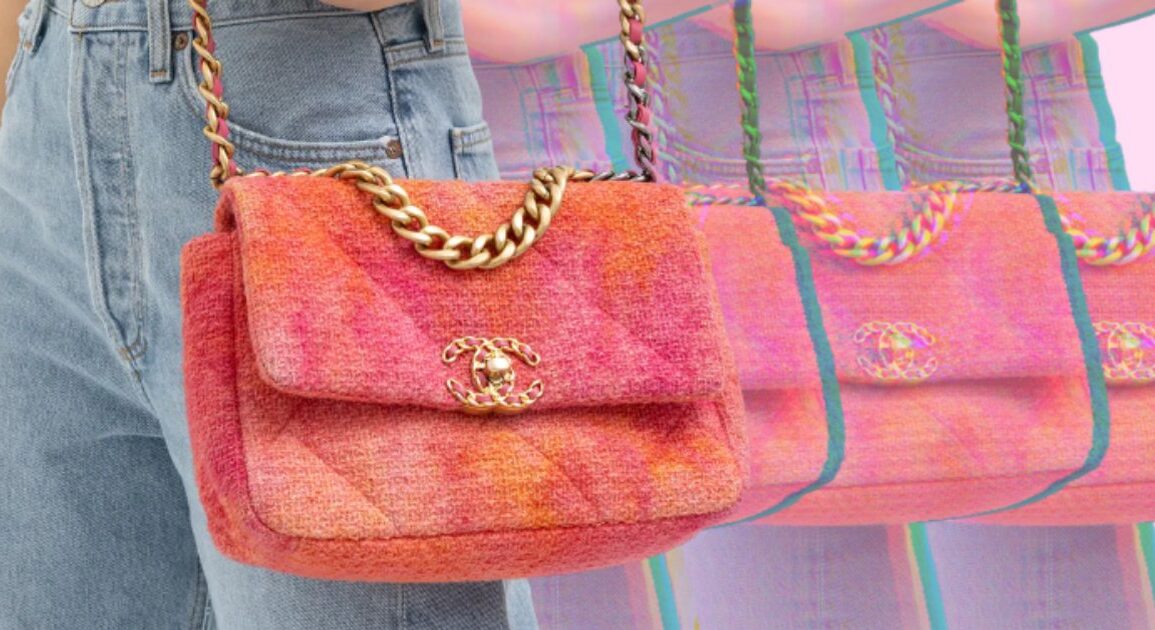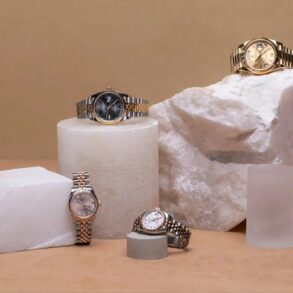
2. Assess the quality.
Let’s be real, there are a lot of very good fakes out there these days, so quality isn’t necessarily an indicator of a sneaky copycat. But sometimes you just… know. You know?
“The material of the lining on the inside [of the bag], and logo placement and spacing can be a clear sign of a fake,” explained the TIS gals. Cheap fabric linings that tear easily, and logos that aren’t quite in the right spot, are upside down, inverted or (quelle horreur) misspelled are a big clue something’s amiss with your arm candy.
“The quality of the hardware can also be inconsistent, which is an indication of a fake item,” said Bianca and Jenna.
Even the smell of the bag should be closely inspected (yes, really). And don’t forget to get up close and personal with the stitching, as poor quality in this department can be a dead giveaway that the label on your purse isn’t all it seems.
For example, “a genuine Chanel bag will feature up to eight to 12 stitches on each side of the diamond”.
“[If buying online] request images of the outside and inside of the bag so you can look at all angles carefully.
3. Examine the packaging.
Presentation is everything, and designer brands know this. They’re not slapping their carefully crafted pieces into any old plastic bag – the boxes and dust bags they come in are part of the whole experience.
“We recommend looking closely at the quality of the packaging, box, logo placement and dust bag,” suggested the TiS founders. “If it seems too flimsy, or if the logo is skewed, this is an obvious sign of a counterfeit item.”
This post was originally published on this site be sure to check out more of their content.





